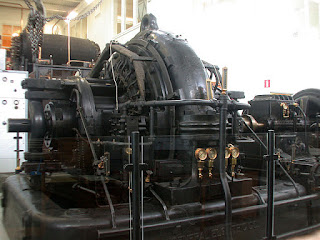Despite unanimous passage by the House of
Representatives, the objections of a single U.S. senator prevented final
Congressional approval of HR 1301, the so-called Amateur Radio Parity Act,
which would have directed the FCC to draft rules requiring homeowners'
associations to permit amateurs to put up some form of outdoor antenna.
The
bill passed the House after the ARRL and the Community Associations Institute
(CAI), which represents homeowners' associations, agreed on revised language
that allowed both groups to support the measure.
In the Senate, however, the
objections of one member – Sen. Bill Nelson of Florida – prevented the bill from coming to
the floor for a vote before the 114th Congress ended in December.
According to
the ARRL Letter, Nelson considered
the CAI's support as "irrelevant," and continued to oppose the bill
despite multiple meetings with ARRL representatives and thousands of e-mails,
letters and phone calls from constituents. (It is noteworthy that Florida has the nation's
second-largest ham population and perhaps the greatest concentration of
homeowner association-controlled communities as well.) The ARRL board of directors was planning to discuss its
options for the bill at its January meeting.
(Editorial comment: In our view, the ARRL did everything right in its
efforts to secure passage of this bill and provide a legal framework for
requiring homeowners' associations to permit outdoor amateur antennas. We
encourage our readers in Florida
to continue putting pressure on Sen. Nelson to drop his objections, presuming
that a new version of the bill will be re-introduced in the 115th Congress.)


















